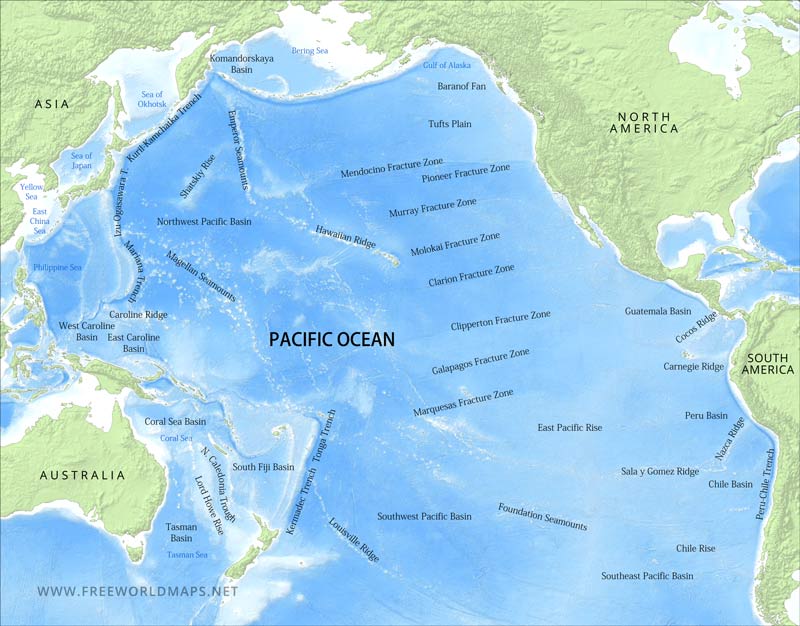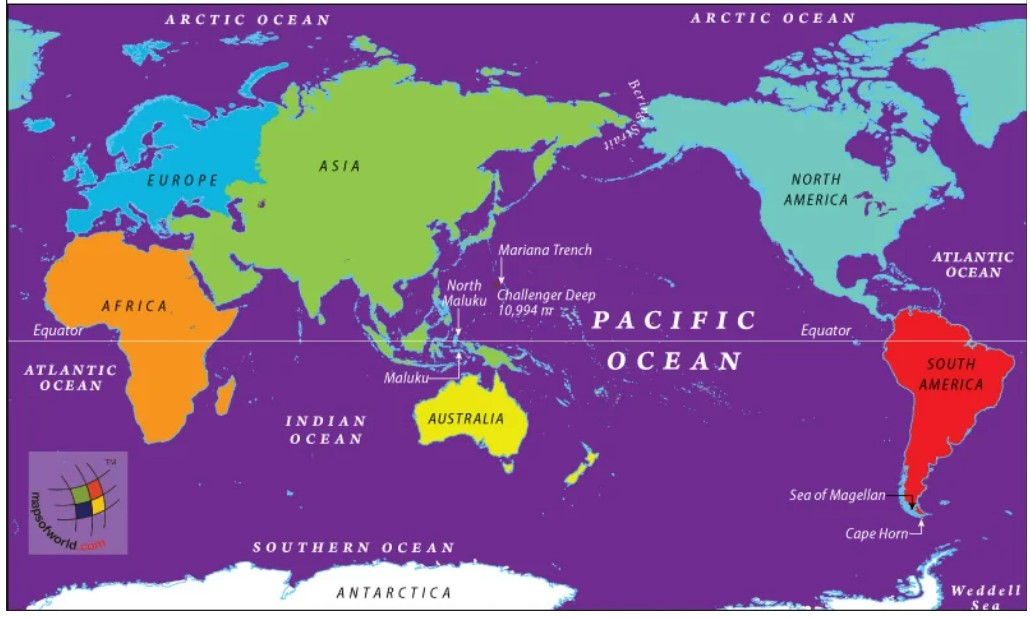The Pacific Ocean’s days are numbered, per a brand new supercomputer simulation of Earth’s ever-drifting tectonic plates. the great news? Our planet’s oldest ocean still has another 300 million years to travel. If the Pacific gets lucky, it’d even celebrate its billionth birthday before finally trickling out of existence.
But researchers at Curtin University in Australia think the Pacific Ocean is probably going to be swallowed up before that. In its final years of life, the Pacific will hardly resemble the vast expanse of the blue it does today. Every year, the ocean shrinks some centimetres, as it has been doing since it absolutely was a superocean surrounding the last supercontinent of Pangea.
This ancient ocean is home to numerous subduction zones; places tectonic plates collide and ride over the highest of 1 others. Colloquially known within the Pacific because of the ‘Ring of Fire”, these sites work almost as bathtub drains for the Davy Jones.
Each year, some centimetres of the Pacific plate slip under the Eurasian plate and also the Indo-Australian plate, collapsing the space between North America, Asia and Australia. Not all scientists agree on what the following supercontinent will seem like or how it’ll form, but in many simulations, the Pacific Ocean is doomed.

While some studies suggest the Atlantic Ocean, which is expanding today, might start to shrink in the future, thereby creating an excellent continent ringed by the super Pacific Ocean, researchers at Curtin University disagree. rather than a second Pangaea-like continent (aka Pangaea Proxima) forming, they argue the planet is headed for a supercontinent during which North America collides with Asia, dubbed Amasia.
Poor Australia gets overlooked of this ‘cute couple’ name, but in 4D geodynamic models, the hemisphere continent seems to play a vital role in plugging up what’s left of the Pacific.
The recent simulations from researchers in Australia supported realistic plate and mantle parameters from this and also the past, which was then utilized by a supercomputer to predict the longer term. “Over the past two billion years, Earth’s continents have collided together to create a supercontinent every 600 million years, referred to as the supercontinent cycle,” says Earth scientist and lead author, Chuan Huang. “By simulating how the Earth’s tectonic plates are expected to evolve employing a supercomputer, we were able to show that in but 300 million years’ time it’s likely to be the Pacific Ocean that may close, with the formation of Amasia, debunking some previous scientific theories.”
Contrary to other supercontinent simulations, this new one suggests the ocean, and not the Atlantic or the Caribbean Sea, are destroyed when Amasia forms. within the current model, Amasia comes about when the Pacific closes thanks to the weakening of the upper layer of the ocean’s crust.
“Earth as we all know it’ll be drastically different when Amasia forms. the ocean level is anticipated to be lower, and therefore the vast interior of the supercontinent is going to be very arid with high daily temperature ranges,” says geoscientist Zheng-Xiang Li. But this is often just the newest study during a long string of supercontinent simulations, all of which have tried to predict what our planet will appear as if within the future.
Yet one more model is unlikely to finish the talk, but this is not the sole one to predict the demise of the Pacific. in an exceedingly scenario where a supercontinent called Novopangaea forms, terra firma touches Antarctica before crashing into Eurasia and Africa. This cuts off the Pacific in a very different way but with similar results. In another supercontinent scenario, called Aurica, both the Pacific and also Atlantic oceans close permanently, and a brand new ocean basin arises in their stead. regardless of the outcome, one thing is for sure: Earth and its oceans will never be identical again. The study was published in the National Science Review.
You might also like:
World’s Top 5 Mysterious Mountains That Prove Nature Is Crazy, Deets Inside > Zesa Central
5 Doorway Maruti Suzuki Jimny Noticed Tests In India Debut Most likely At Auto Expo 2023
